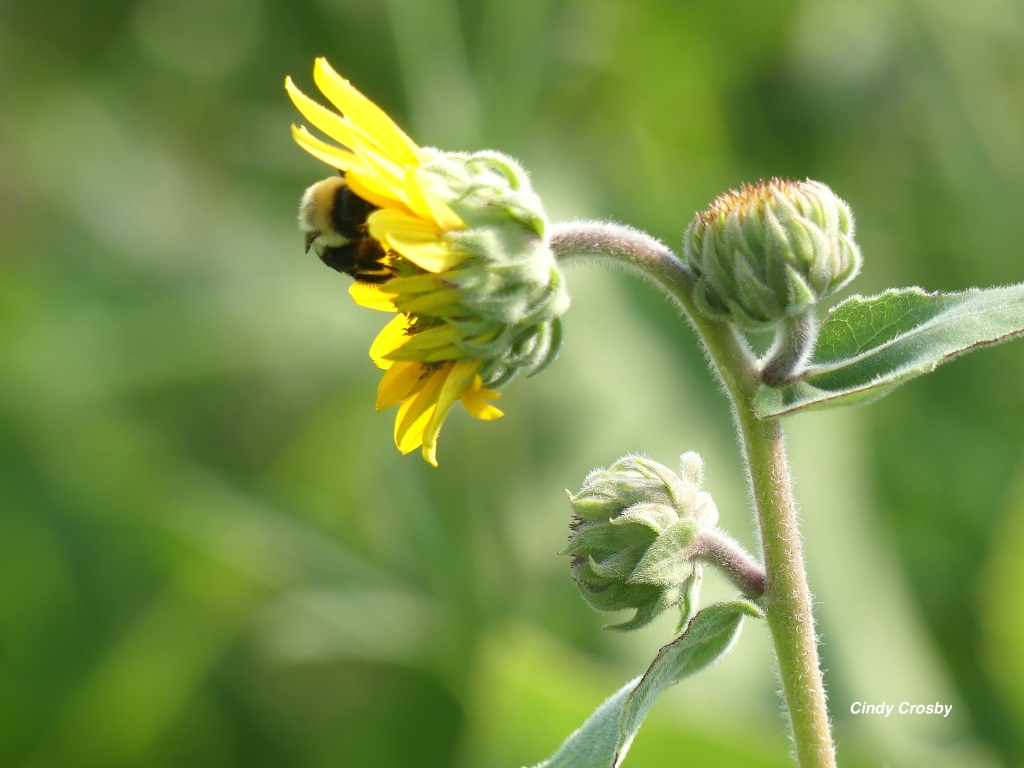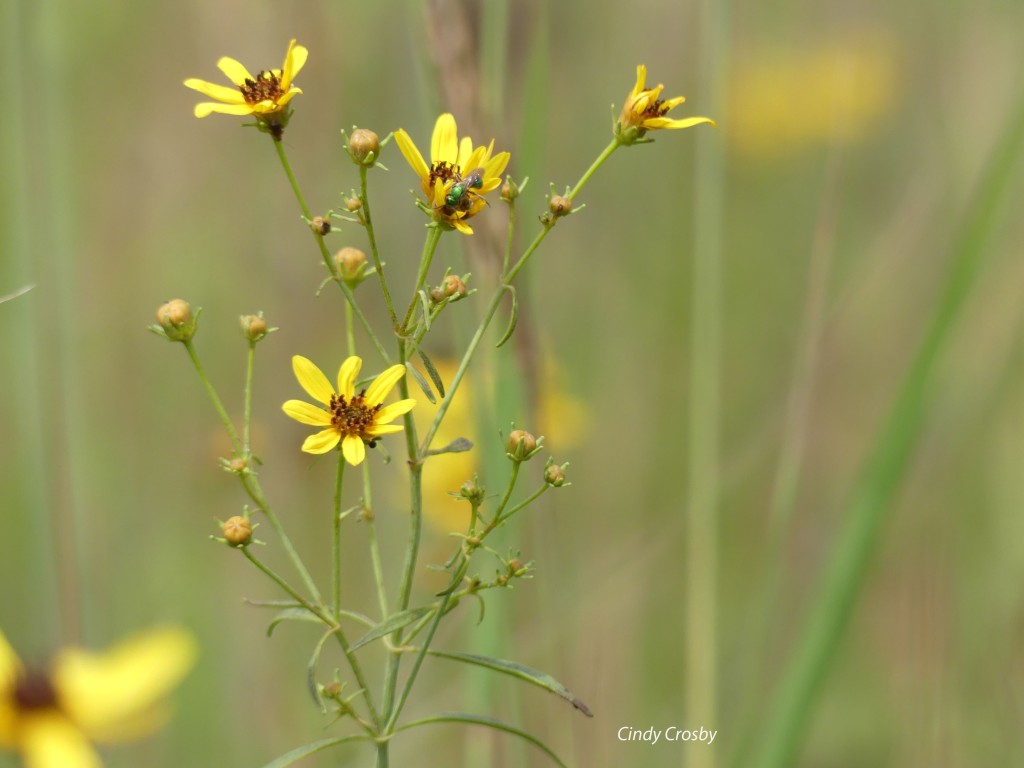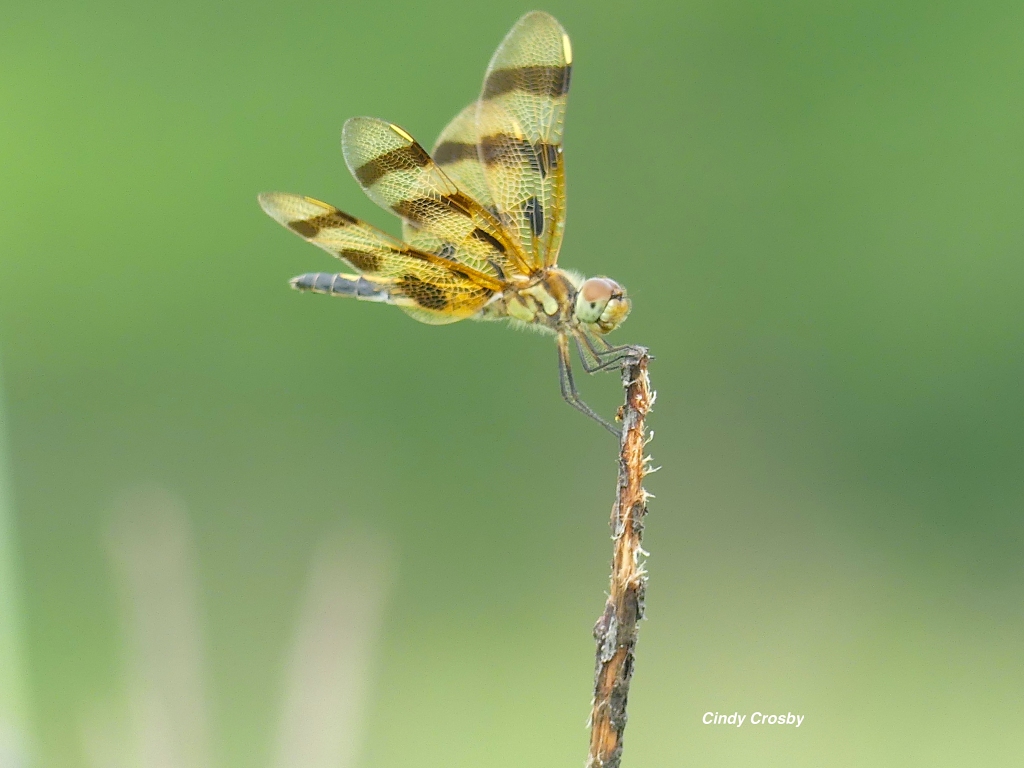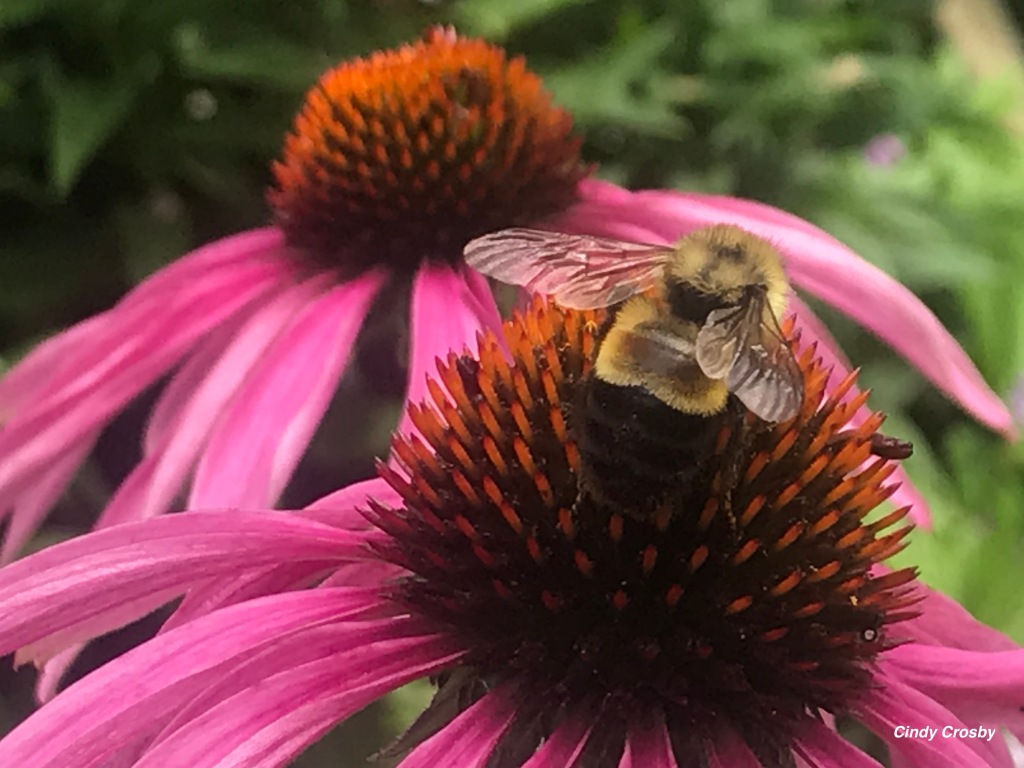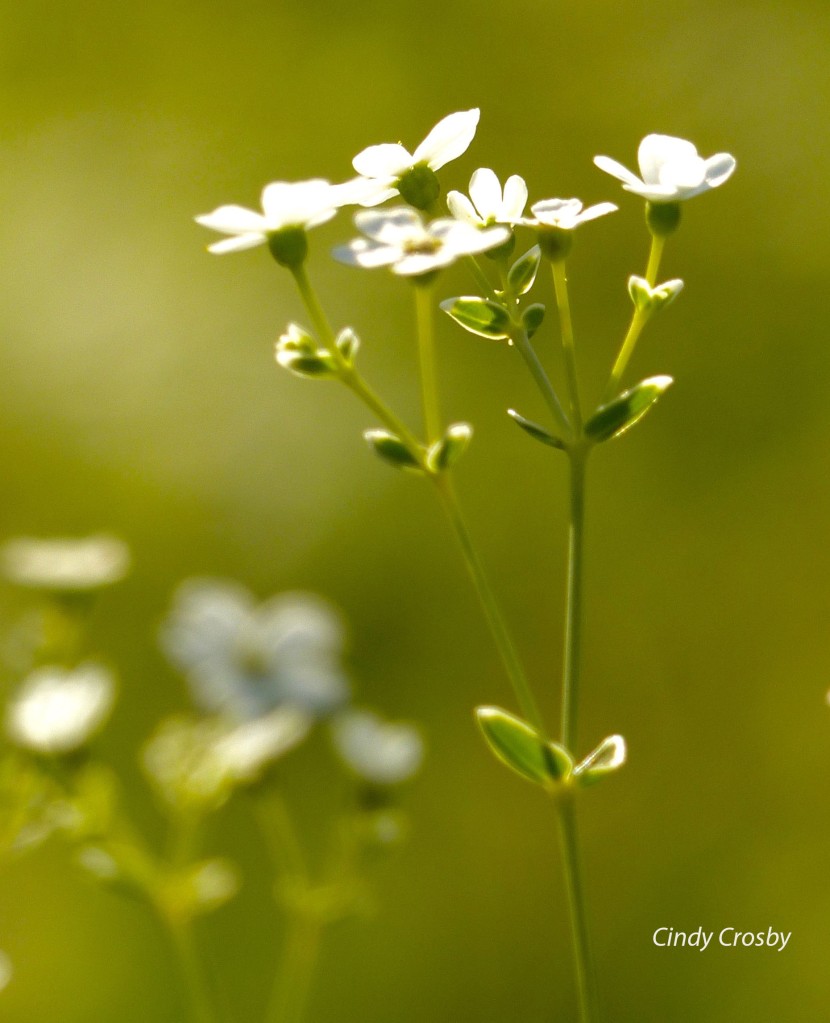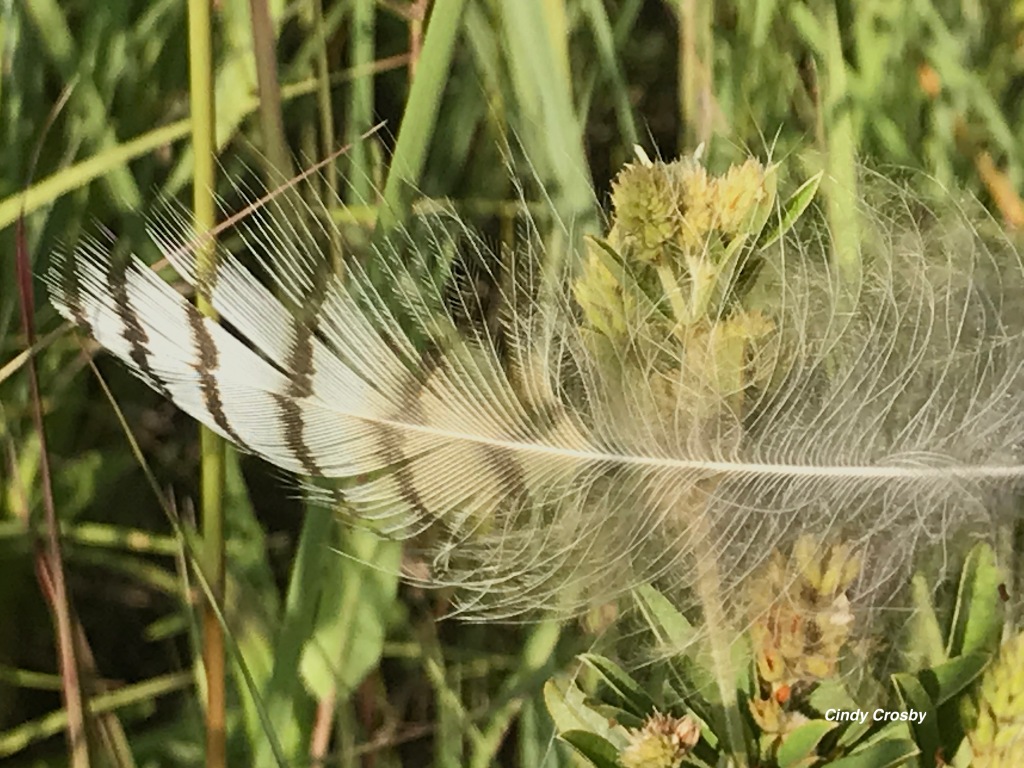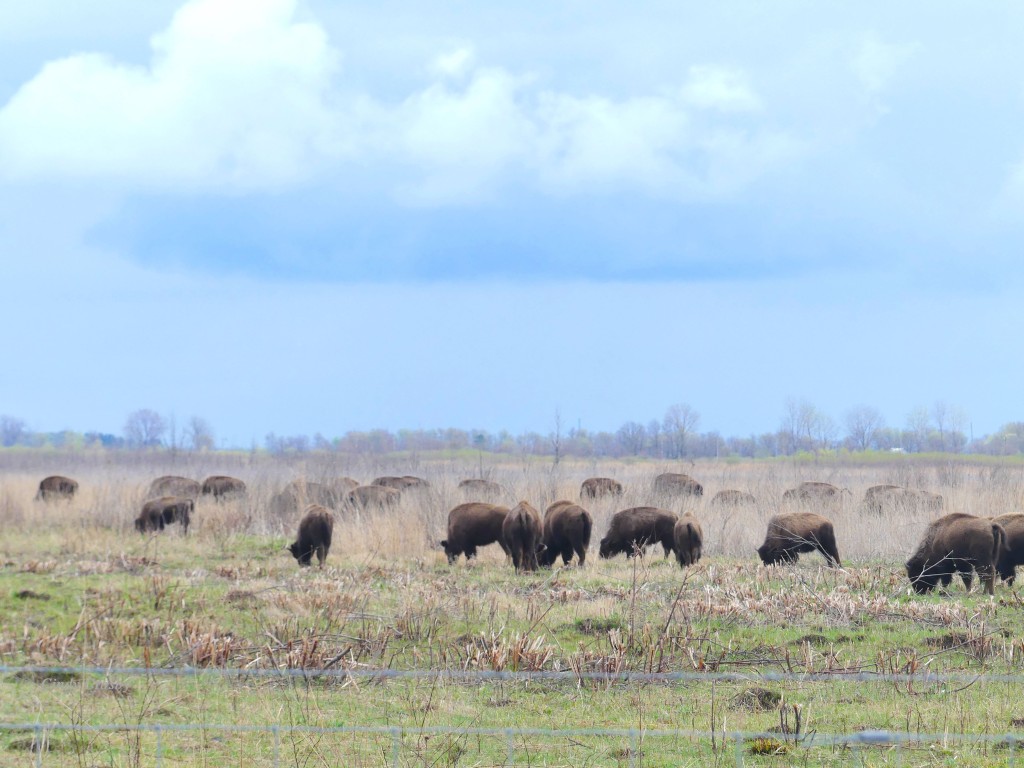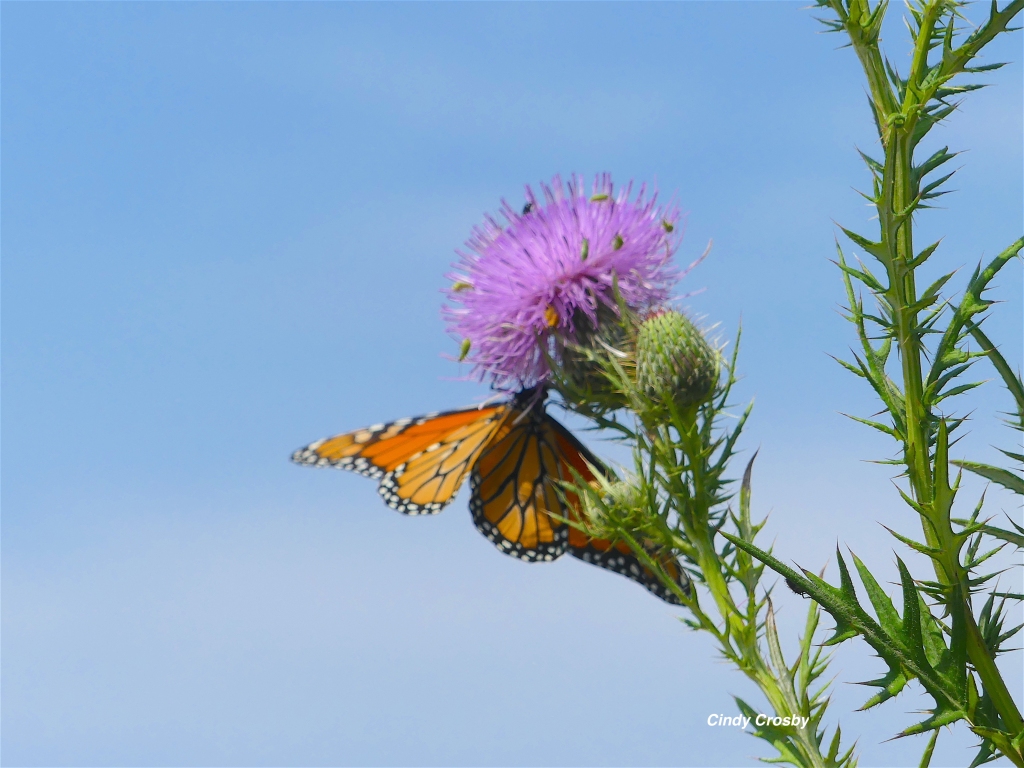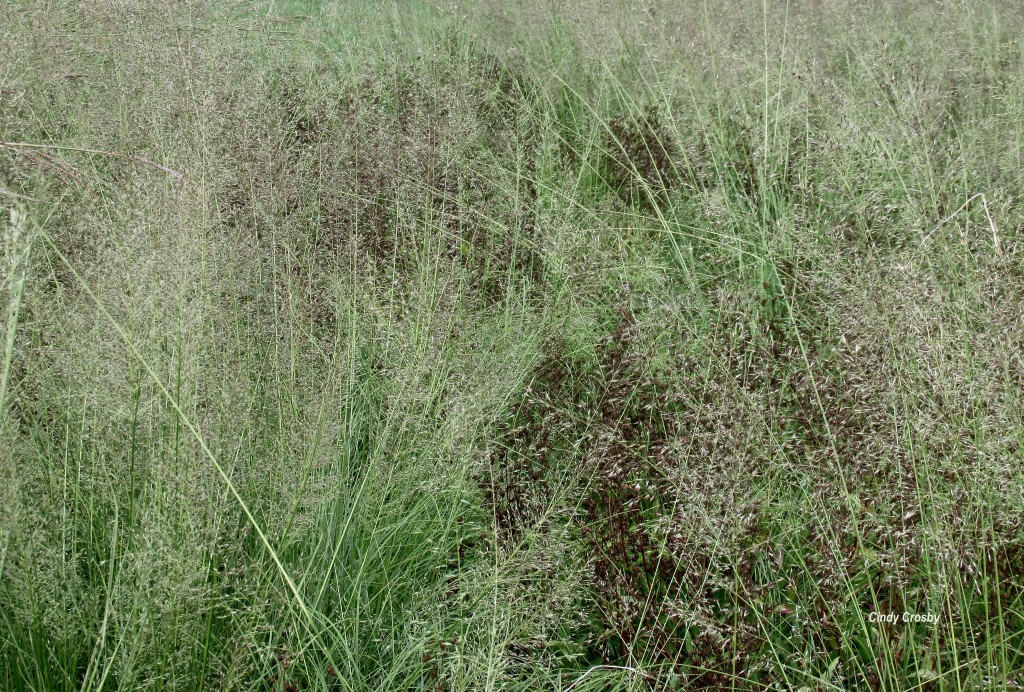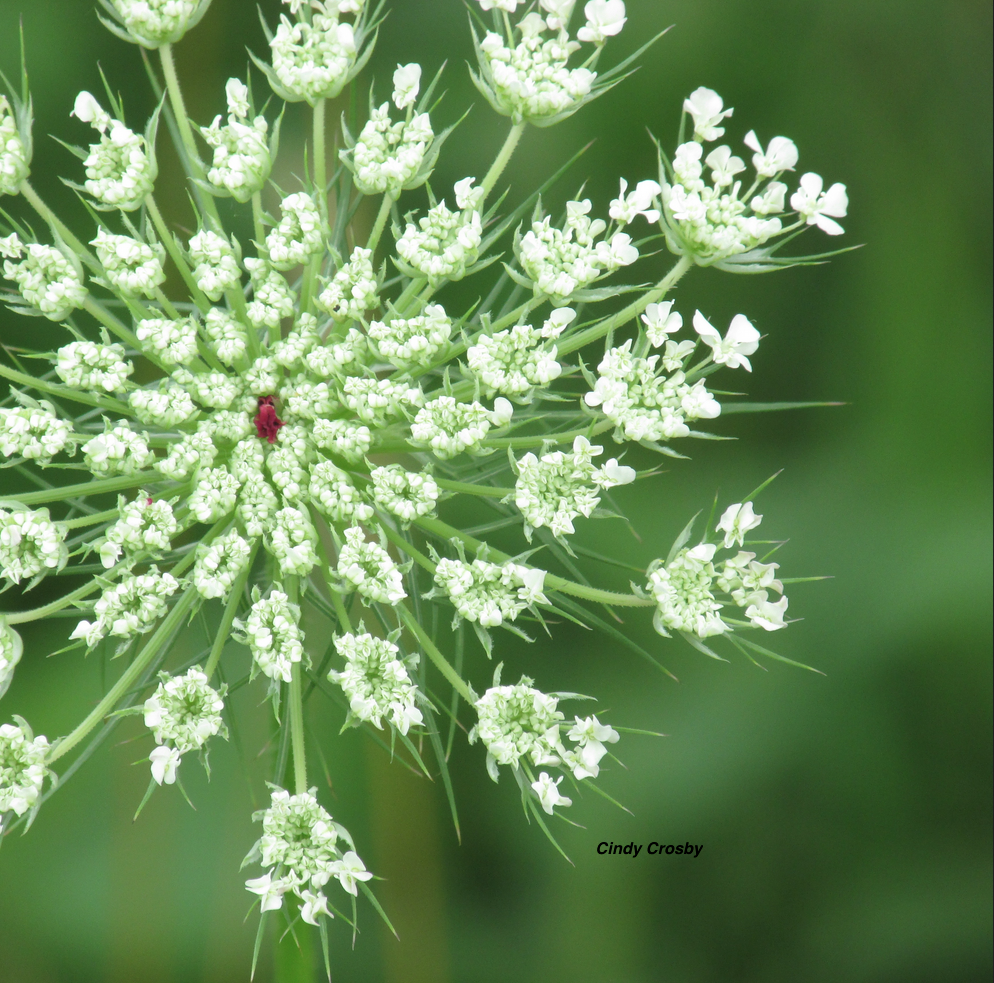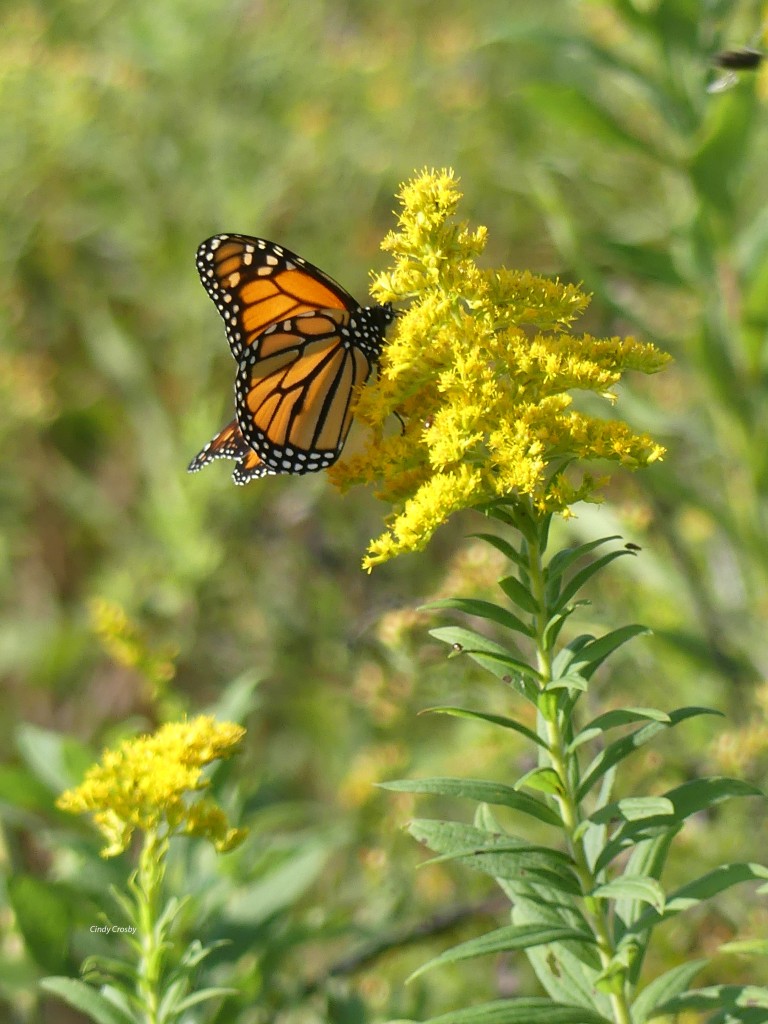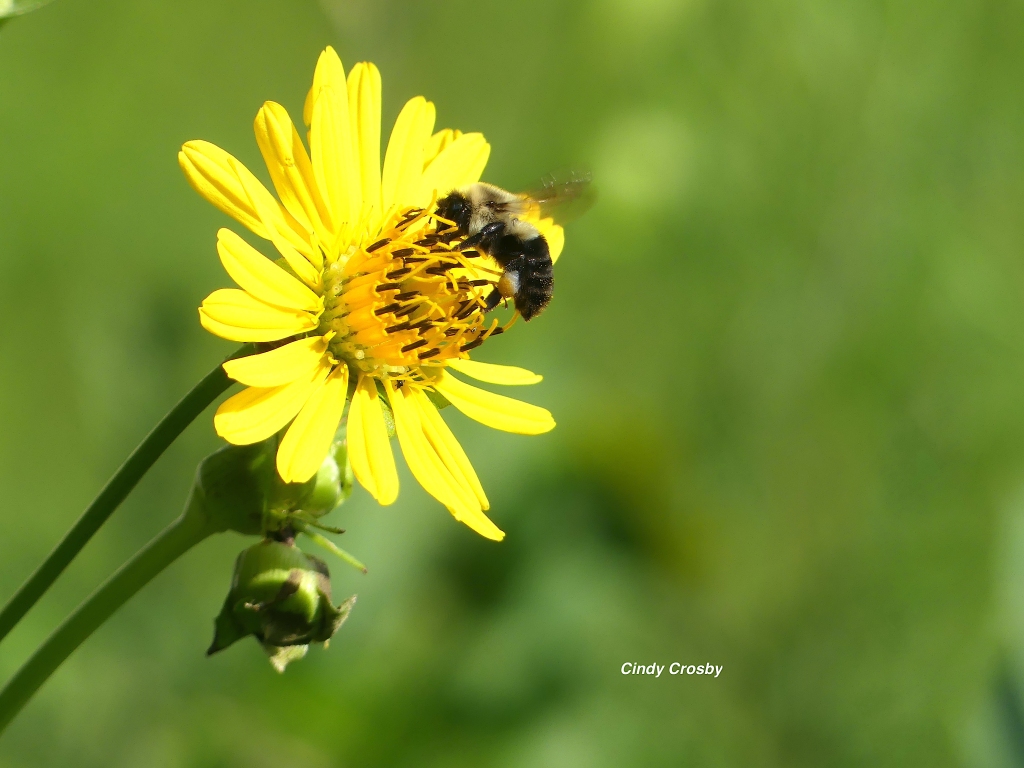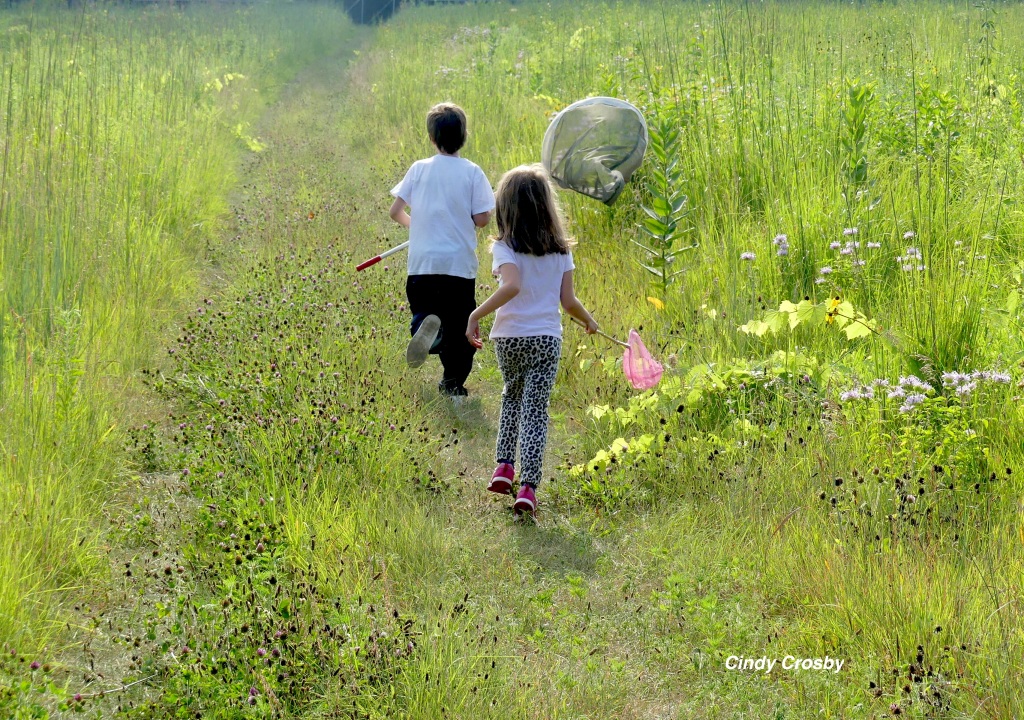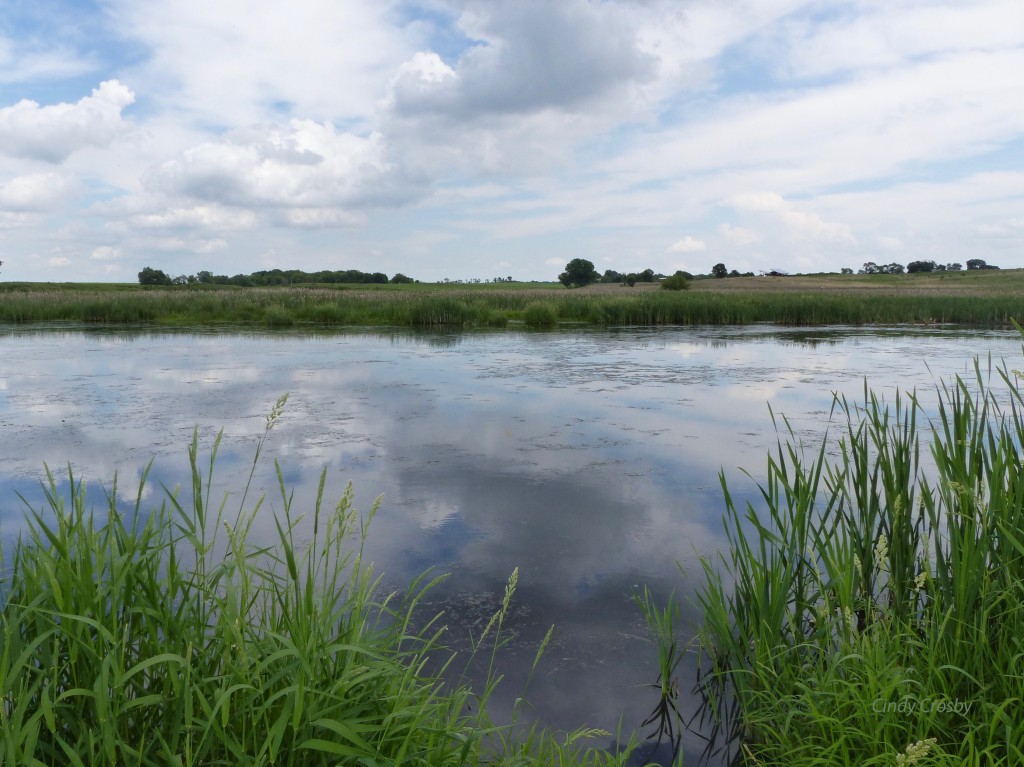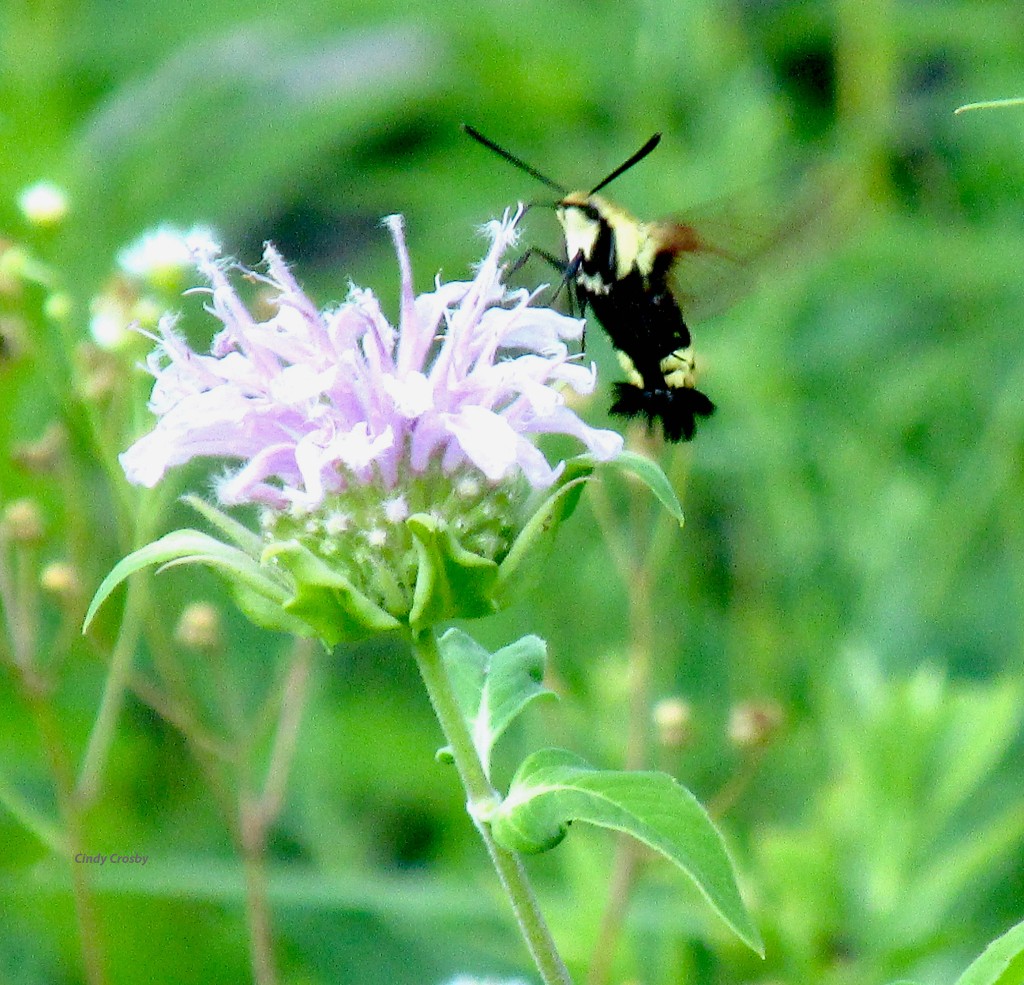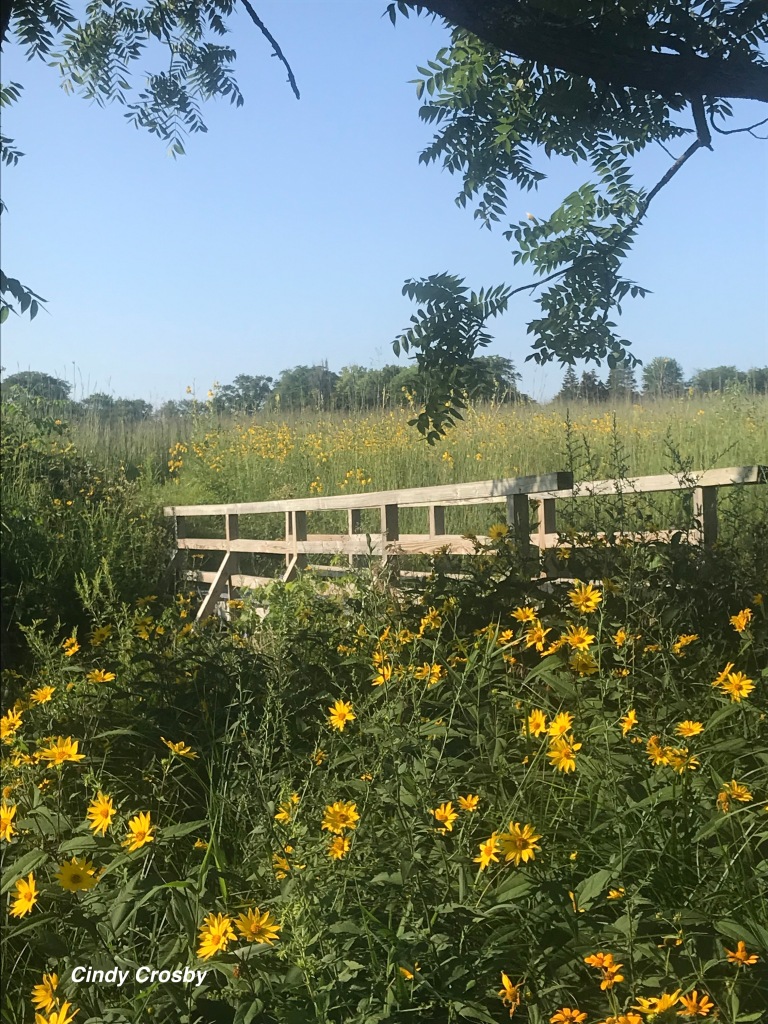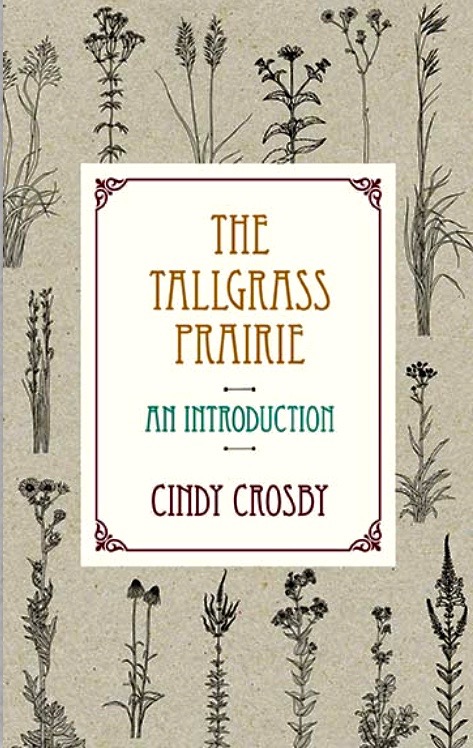“We come and go but the land will always be here.” —Willa Cather
******
Just when I made a New Year’s resolution to learn the names of cloud types, a sheet of gray stratus clouds moved in last week. Gray. Gray. Gray. That was the story here. There’s something to be said for consistency, I suppose. On a walk with friends along the Fox River this weekend, I looked for color. A few mossy greens. Some russet leaves.

The creek that ran to the river reflected that metallic, stratus-filled sky.
As we watched the Fox River slip by, even the birds seemed to lack color. The Canada geese were spiffed up in their yin-yang tuxedoes.

Common mergansers floated by, intent upon their errands, barely within the reach of my camera.

In the distance, a few common goldeneyes floated just out of reach of my zoom lens. But wait—what’s this?

A tundra swan! A bird I’ve never seen, and one of the more infrequent ones for Illinois. Our friends, who brought us here specifically for this reason, pointed out the ID markers which differentiate it from other swans, including a small amount of yellow on the bill.
Nearby, two other tundra swans floated under the flat, silvered sky.

I knew that later, hours of my afternoon would be spent reading more about these unusual birds, and trying to understand more about what we had seen.
The last bird of the morning turned out to be one of the metallica species.

Ha! Almost fooled me.
Along the shoreline, I spotted a few prairie plant favorites. Familiar, but still welcome. Wild bergamot mingled with evening primrose.

Blue vervain’s silhouette was set off by the river’s reflection of that silvered sky.

And—is that a mallow? I love the cracked-open seed pods of mallow…perhaps it’s the native swamp rose mallow? iNaturalist thinks so, but I’m not completely sure.

Plant identification in winter is always a challenge. If this is swamp rose mallow, it is a far cry from those beautiful pink blooms in the summer. (You can see them here.)
Thinking about swamp rose mallow reminds me of Pantone’s recent pick for “Color of the Year” — “Viva Magenta.”

You can see why the swamp rose mallow would approve! Thinking about the mallow and its magenta leads me down the rabbit trail of other prairie magentas. After I posted the “Viva Magenta” color of the year announcement this week on Facebook, many folks chimed in with their favorite magentas in nature.
Prairie smoke.

Prairie sunrises and sunsets…

The deep, rich magenta of dogwood stems in winter.

The rich magenta of sumac-washed leaves in autumn.

The bramble sharp branches of iced wild blackberry, which winds its way through the prairie, ripping and tripping.

I think of the dragonflies I chase across the prairies in the summer’s heat. None of the Illinois’ species bring the color magenta to mind. But! I remember other dragonflies in other places, like this roseate skimmer in Tucson, Arizona.

Today, here on the Fox River, magenta isn’t much in evidence. But there’s joy in every bit of color along this river, no matter how subtle.

There is delight in remembering the times nature has exploded with “viva magenta” both in flight…

…and in bloom.

And there is happiness in seeing some rarities that while, perhaps lacking in color, don’t lack for excitement and awe.

Who knows what else January may bring? The new year is off to a great start.
Why not go see?
*****
The opening quote is from writer Willa Cather (1873-1947) from O Pioneers! Cather spent part of her childhood in Nebraska, and graduated from University of Nebraska-Lincoln. She wrote compellingly about life on the prairies.
*****
Join Cindy for a Class or Program this Winter
The Tallgrass Prairie in Popular Culture—Friday, January 20, from 10-11:30 a.m. Explore the role the tallgrass prairie plays in literature, art, music—and more! Enjoy a hot beverage as you discover how Illinois’ “landscape of home” has shaped our culture, both in the past and today. Class size is limited. Offered by The Morton Arboretum in Lisle, IL; register here.
Nature Writing Workshop— Four Thursdays (February 2, 9, 16, and 23) from 6-8:30 p.m. Join a community of nature lovers as you develop and nurture your writing skills in person. Class size is limited. For more information and to register visit here.
Looking for a speaker for your next event? Visit www.cindycrosby.com for more information.
*****
Illinois Prairie needs you! Visit Save Bell Bowl Prairie to learn about this special place—one of the last remaining gravel prairies in our state —and to find out what you can do to help.
Special thanks to John and Tricia this week for showing us the tundra swans!

